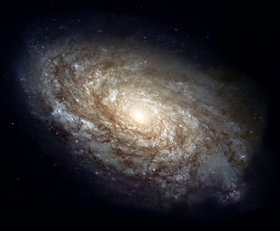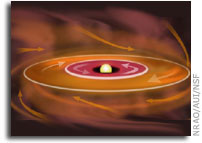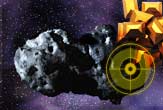With the discovery of certain resources on the moon, humanity is on the verge of escaping its earthen cradle and settling on its lunar neighbor. But should our species build a "genetic black box" in order to preserve life on Earth against uncertain catastophes?
(Astrobiology Magazine) if we have a laboratory where we can maintain a DNA bank and a pool of species, creating a modern Noah's Ark, then we can potentially recover from such catastrophes.
I think the moon could be used as such a repository in case there is ever a global disaster on Earth. As a lifeboat, the moon is a lot closer than Mars. Plus, we don't know yet if there is life on Mars, and we have to figure that out before we do any life experiments there.
Establishing a DNA Bank on the lunar surface is a noble idea, but unless one can turn those DNA extracts into organism's, it is a useless one.
The essence of life is still beyond our scientific knowledge, and in order for a DNA Bank to be successful, live animals would have to be shipped to the lunar surface.
(Astrobiology Magazine) We would need to have more than just a DNA bank on the moon, because we have learned from biology that life is more than the expression of information coded in DNA. We need to have some living organisms to really express the full range of life. So our lunar lifeboat would need to have a facility to grow plants and microorganisms, and, for more advanced life forms, to incubate eggs and develop embryos.
Establishing a biosphere to house animals on the lunar surface is a noble idea, but one that may ultimately fail. Unlike its more lively neighbor, the moon lacks a magnetic field, a critical element needed to shield against the suns radiation.
If one could be built and maintained it may be a deciding factor between lunar survival and the extinction of a future colony.













![ColonyWorlds[at]Gmail[dot]com](http://img.photobucket.com/albums/v438/hiddennook/ColonyWorlds.png)






